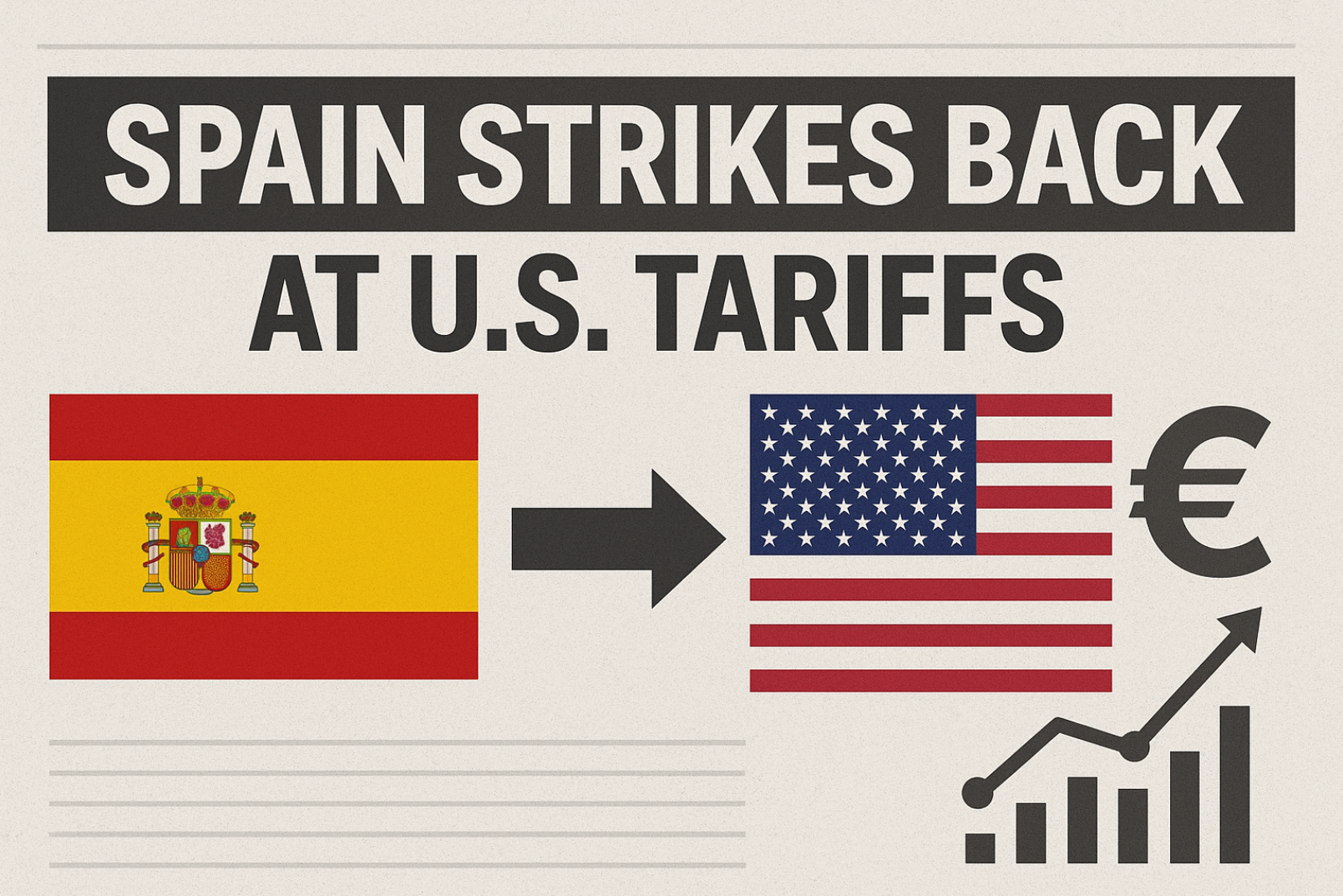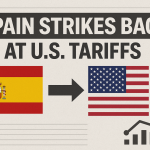Now Reading: Blending Creativity and Data: The Secret of Modern Startups
-
01
Blending Creativity and Data: The Secret of Modern Startups
Blending Creativity and Data: The Secret of Modern Startups

In today’s hyper-competitive market landscape, startups face the perpetual challenge of standing out, innovating, and scaling quickly—all while navigating an ever-changing environment. Traditional business wisdom once emphasized the importance of either raw creativity or rigorous data analysis; however, the true game-changer lies in seamlessly integrating these two seemingly contrasting forces. Blending creativity and data has emerged as the definitive secret for modern startups seeking to innovate effectively, stay resilient, and capture sustainable growth.
Harnessing the Power of Data-Driven Creativity: How Modern Startups Are Transforming Idea Generation and Innovation Strategies to Stay Ahead of the Curve
The advent of digital technologies has accelerated the availability and accessibility of vast amounts of data. Startups now leverage this wealth of information to inform and inspire their creative endeavors rather than relying solely on intuition and instinct. This fusion of data and creativity transforms how businesses generate ideas, develop products, and craft customer experiences.
Data as an Inspiration Booster:
Rather than viewing data as just numbers on a spreadsheet, savvy startups interpret analytics to uncover unmet needs, emerging trends, and consumer pain points. For instance, analyzing social media sentiment, search queries, or purchasing behaviors can yield insightful clues about potential gaps in the market. By doing so, creative teams gain concrete, data-backed inspiration that guides their brainstorming sessions, ensuring ideas are relevant and targeted.
Iterative Innovation via Data Feedback Loops:
Startups adopt rapid experimentation models—like A/B testing, user feedback surveys, and usage analytics—to refine prototypes and concepts continually. These feedback loops allow creative teams to see the real-world impact of their ideas and pivot quickly when necessary. For example, startups in the app development space frequently release minimal viable products (MVPs), monitor user engagement data, and then adapt features accordingly. This iterative process maximizes whether creative concepts resonate with audiences, reducing risk and increasing the likelihood of success.
Empowering Creative Decision-Making:
Data democratization within startups enables cross-disciplinary teams—marketers, designers, developers—to collaborate more effectively. When all stakeholders have access to relevant analytics, their creative contributions are grounded in facts rather than assumptions. This democratization fosters a culture where data informs creative experiments, leading to innovative solutions that are both novel and commercially viable.
The Art and Science of Integration: Exploring Practical Approaches for Merging Creative Vision with Data Analytics to Build Dynamic, Resilient Business Models in Today’s Fast-Paced Market Environment
Successfully blending creativity with data is an art as much as it is a science. It requires intentional strategies, organizational culture, and adaptable processes that encourage experimentation, learning, and resilience.
Practical Approaches to Integration
1. Establishing a Unified Cross-Functional Culture:
Creating a culture where data analysts, product designers, and marketers collaborate seamlessly is essential. Cross-functional teams foster shared understanding, enabling creative ideas to be tested against data early in development. Regular brainstorming sessions that include data viewpoints help ensure ideas are not only innovative but also evidence-based.
2. Designing Data-Informed Creative Processes:
Startups can embed data checkpoints into their creative pipelines. For example, before finalizing a product feature, teams can evaluate relevant analytics, user feedback, and competitive data. This structured approach ensures that creative decisions are informed by an understanding of market dynamics, customer preferences, and operational realities.
3. Investing in Advanced Data Tools and Training:
The right technological tools—such as AI-powered analytics, customer journey mapping, and visualization platforms—make it easier to interpret complex data. Equally important is investing in training teams to read and translate data insights into creative strategies. Cultivating this literacy among team members ensures data is used as an empowering aid rather than a source of confusion.
4. Emphasizing Experimentation and Flexibility:
Fast-paced markets demand agility. Startups adopting a test-and-learn ethos are more likely to succeed in blending creativity and data. By encouraging small-scale experiments, startups can iterate quickly, learn from failures, and refine their strategies—allowing creative pursuits to be continuously calibrated against real-world performance metrics.
5. Fostering an Innovation-Friendly Environment:
Rewarding curiosity, experimentation, and calculated risks reinforces a mindset where creative ideas are continuously evaluated against data-driven insights. Recognition of innovative efforts that incorporate data insights can motivate teams to push boundaries while remaining grounded.
The Future of Business Innovation: A Harmonious Partnership
The ability to blend creativity and data isn’t just a competitive advantage; it’s becoming a fundamental prerequisite for survival in today’s startup ecosystem. As the digital landscape evolves, startups that master this integration will be better positioned to anticipate market shifts, meet customer expectations, and develop resilient, scalable business models.
In essence, cutting-edge startups understand that creativity fuels unique value propositions, while data provides the critical insights needed to optimize and validate these ideas. When these elements work in concert, they unlock a powerful cycle: innovation driven by inspiration, validated by evidence, and iterated for excellence.
Final thought: Embracing the artful science of integrating data with creativity will define the future of entrepreneurship. Startups that harness this synergy will not only ride the waves of rapid change but will become leaders shaping the markets to come.











